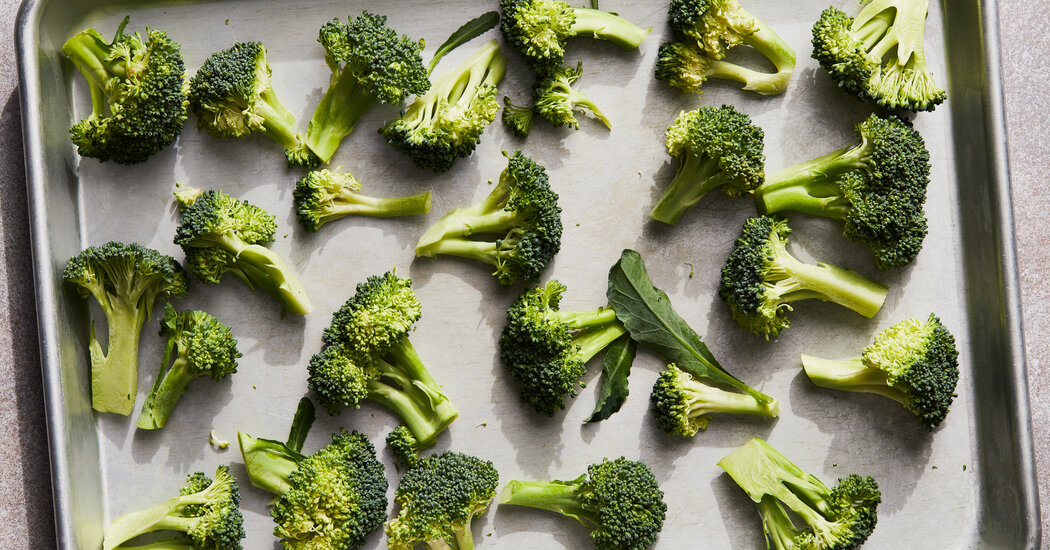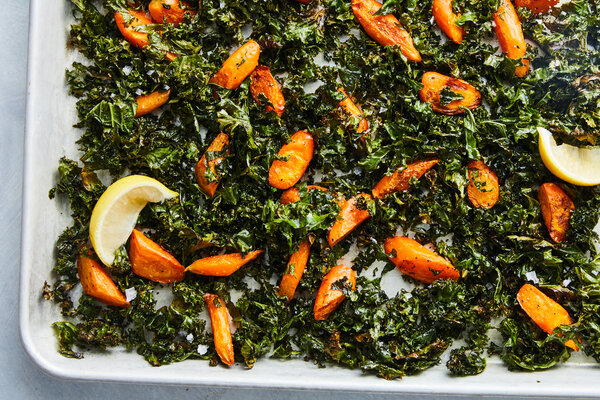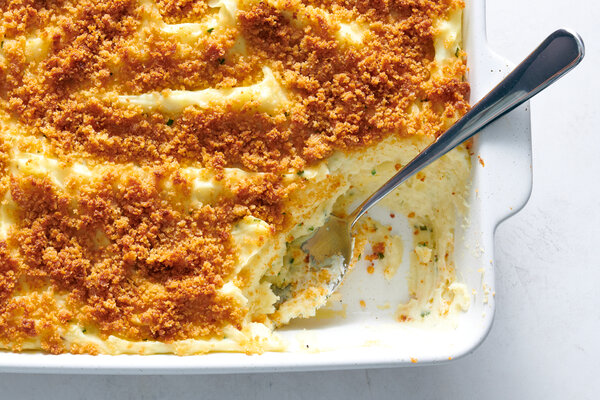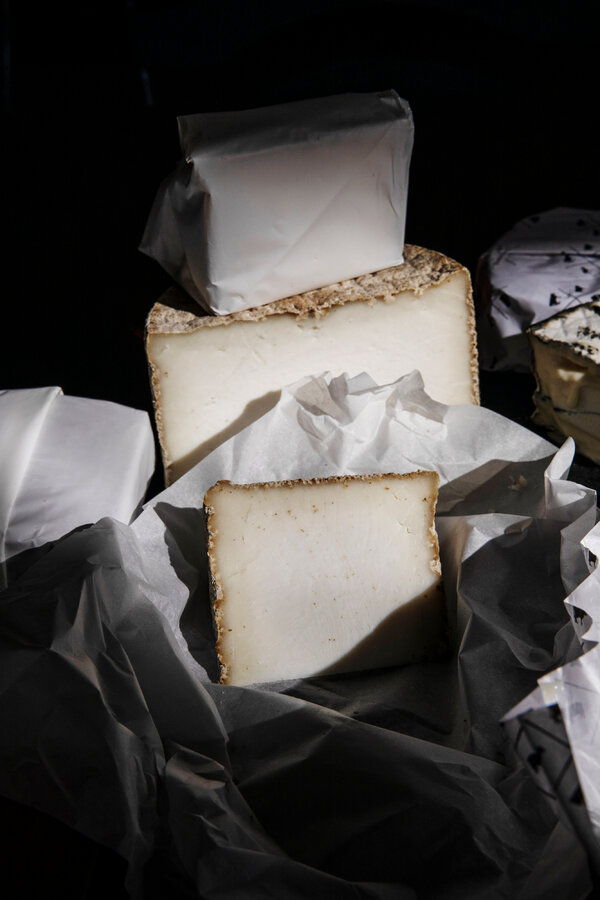For water to freeze, it must first be super-chilled — that is, chilled below 32 degrees Fahrenheit. Only then does it undergo a phase change from liquid to solid: Its structure transforms from a loosely bound mass of flowing molecules into crystalline aggregates with a strict, regular alignment. These aggregate crystals in frozen foods can vary in size, from microscopic and smooth on the palate to plainly visible with a grainy texture (the velvety texture of well-churned ice cream compared to the sharp shards of a granita, for example).
What determines the size of those crystals?
I like to think of water as a room scattered with Tinkertoys and solid ice as the structures my daughter’s first-grade classmates might erect out of them. If you ask them to put pieces together as fast as they can, very little collaboration will take place. Your room will end up full of many small structures. If, on the other hand, you give them more time, they may start haphazardly, building a few small projects here and there, but eventually the allure of extra-large towers will have them working together, cannibalizing the smaller structures to add to the bigger ones. You wind up with fewer, larger buildings.
So it is with ice formation. Ice crystals, like toy skyscrapers, take time to build. And just like those toy skyscrapers, the rate at which they’re formed makes a big difference. As described in a May 2020 article in Food Engineering Reviews, a journal covering food science and the food industry, when water freezes slowly, smaller ice crystals have a tendency to spontaneously remelt in a process known as recalescence, and merge into larger crystals, which continue to grow like amoebas, absorbing smaller, less-stable crystals.
Put simply, when it comes to the size of ice crystals, the longer it takes food to freeze, the larger the crystals will be. The larger the ice crystals, the more cellular damage they can cause. The more cellular damage caused, the more moisture will leak out during defrosting. And the more liquid leaked out, the limper your thawed produce will be.
Thus, if limiting cellular damage is the goal, then you want to freeze food as quickly as possible. In a commercial kitchen, one might rely on extremely cold liquids like liquid nitrogen, or use blast chillers, freezers kept at 40 degrees below zero or colder and outfitted with powerful fans designed to rapidly draw heat away from foods. Like an air-fryer, but in reverse.







